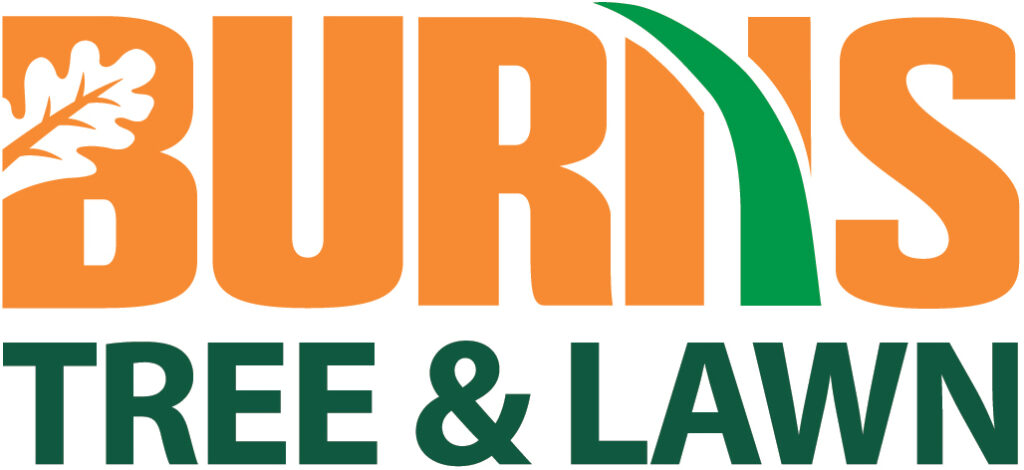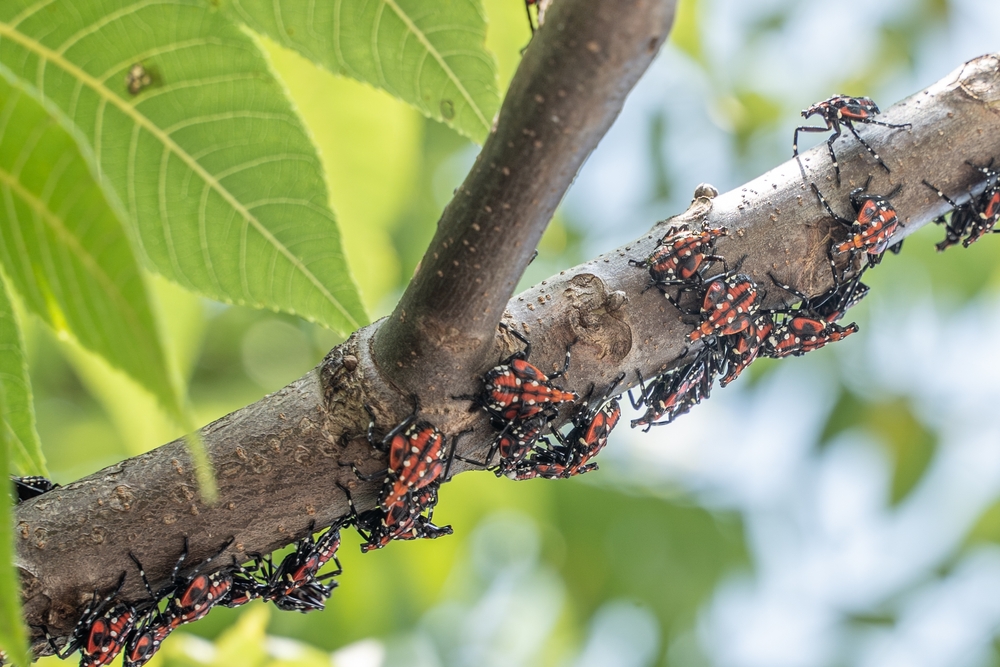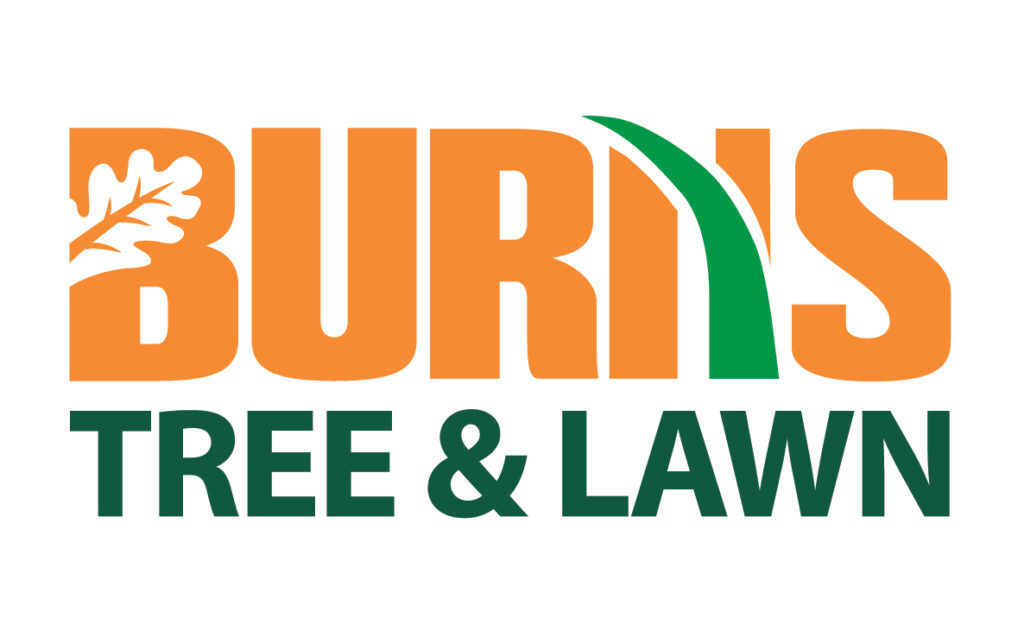The Spotted Lanternfly is a pest that hails from areas around Asia. Since it arrived in the country, it has been considered a significant threat to trees and plants across North America. The US has created campaigns to encourage people to kill these pests on sight, but they have continued to spread across the country. If you have trees that show signs of disease resulting from the Lanternfly, you’ll need to know when to spray to control them.
What to Look For
The Spotted Lanternfly damages trees by feeding on them. They extract the sap from trees and drain it of the necessary resources to survive. Even their excrement, known as honeydew, attracts other bugs and sooty mold. They prevent the tree from undertaking photosynthesis.
Although they prefer certain tree types, they may also infect other species of trees or plants in the area.
Signs of Disease
Look for these signs of disease resulting from the presence of the Spotted Lanternfly. First, the tree may have increased activity from insects. You may also notice dark streaks marking the tree bark, along with wounds causing the streaks. The appearance of honeydew at the base of the tree is also a clear indicator of their presence.
You may also notice the immature Lanternfly’s nymphs. To identify them, look for black and white spotted insects or red, white, and black spotted nymphs. You’ll also likely identify egg masses of gray color in the area. They may be on hard surfaces of various types—not just on the infected tree.
What to Do
If you notice any of the signs of tree disease resulting from the presence of the Lanternfly, or you see nymphs and egg sacks in the area, you should call in the help of professionals. With leading tree services in York, PA, Lewis Burns Tree Services handles tree services, insect control, and more. We can analyze the area and spray for these pests to help control their populations. Quality insect control in York, PA, is the best way to keep their populations in check and their total numbers low. The Lanternfly is one of the most dangerous threats to native tree and plant species in North America, which is why it is crucial to help do your part to reduce their capability for spreading to new areas of the country.



RiXaEnHVtGTAmeJo
okqpTDVAmzu
hzCoJIPmGLdsvxY
HgtRlvnKq